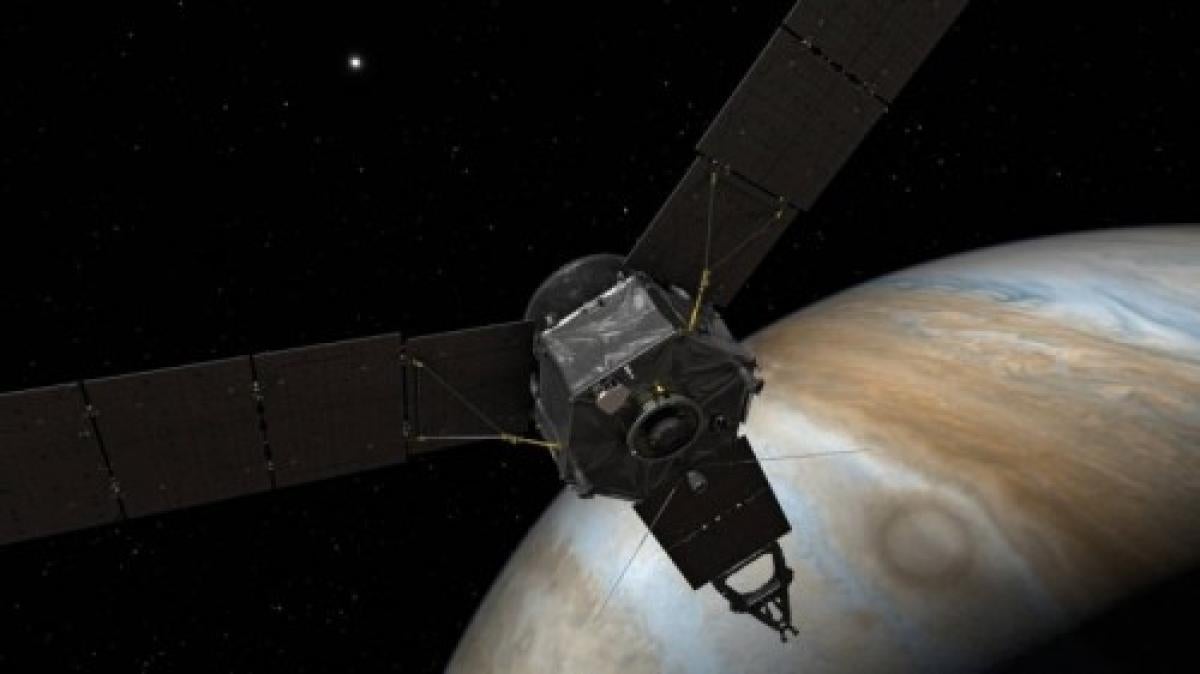NASA’s Juno Space Probe Makes It to Jupiter's Orbit
DU’s Robert Stencel says Jupiter is important to the history of our solar system

Five years, 1.8 billion miles and $1.1 billion later, NASA’s Juno space probe is finally orbiting Jupiter – the oldest and largest planet in our solar system. NASA confirmed Juno’s arrival – 540 million miles away – after receiving a message from the space probe that read “Welcome to Jupiter!”
Juno, which is the first spacecraft to orbit Jupiter since Galileo, will do so until February 2018, during which time it will orbit Jupiter’s poles collecting data to help us better understand the complexities and realties of the planet. Juno’s July 4 arrival comes at a crucial time for space exploration given the fact that its journey is the last one NASA has scheduled – at least for now.
“As some have pointed out, this is the last major mission that’s actually in the plan. After Juno, there’s nothing in planetary science that’s very explicitly scheduled,” says Dr. Robert Stencel, the William Herschel Womble professor of astronomy at the University of Denver. “It’s kind of a make-or-break situation; we need to get some good science while we can under very challenging conditions.”







